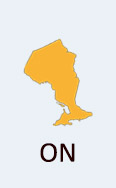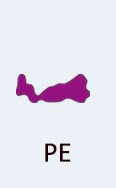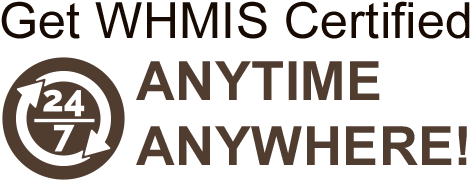| TRAINEE LOGIN | | | EMPLOYER / BILLING LOGIN | | | CONTACT US |
Canadian WHMIS Training & Certification
WHMIS stands for Workplace Hazardous Materials Information System and it Canada’s program that has been developed in accordance with the Globally Harmonized System of Classification and Labeling of Chemicals (GHS) put forward by the United Nations. It is intended to provide a common language across many countries for communicating about hazardous materials. Sharing information and communication about chemicals and their hazards quickly and effectively helps to ensure public safety and the safety of employees in the workplace.
GHS is a non-binding system, meaning it is not a legal system and the UN cannot create law for countries to enforce. However, through Health Canada, certain aspects of the GHS have been explicitly written into law and the national WHMIS program is Canada’s national program for ensuring consistent information and labeling. These are the standards for communicating about and handling chemicals and hazardous substances that have been legislated.
Health Canada hands the responsibility to enforce WHMIS in Canada down through each province or territory to ensure compliance. To do this, Health Canada coordinates with health and safety-related branches across federal, provincial and territorial levels of government. This can include Occupational Health and Safety (OHS)-or the Labour Program when regarding federally regulated workplaces. An OHS Inspector or Transport Canada official, for example, can request proof of WHMIS training and can halt handling of goods in a workplace or by specific employee if satisfactory proof cannot be produced. A certificate in WHMIS training for employees, along with appropriate product labeling and visible Safety Data Sheets (SDSs) in the workplace, or a combination of these, can satisfy the requirement of Canadian law.
Because of the complicated nature of WHMIS across many inter-related levels of government, communicating and enforcing WHMIS can become confusing. This website is here to provide information on the Canadian WHMIS requirements as well as the WHMIS requirements for each province and territory.
And within the economic operations of today, awareness of WHMIS is important to everyone to ensure public safety, from suppliers to employers to employees. The Hazardous Products Act and Controlled Products Regulations are federal policies in place to which apply to manufacturers and suppliers of chemicals and hazardous materials. A business is considered a supplier of hazardous materials if they sell or import hazardous products. Suppliers must ensure the appropriate classification of hazardous products.
Hazard classifications are determined by a set of criteria within The Hazardous Products Regulations. If a product meets the hazard criteria outlined in these regulations, it is covered by the WHMIS and therefore WHMIS education, training and certification must be in place and maintained as up to date. WHMIS certification must be provided and provable.
For personnel in transportation, construction, retail, and more, guidelines surrounding labeling requirements, chemical handling, emergency procedures, and visibility of Safety Data Sheets (SDSs) are outlined very specifically in WHMIS.
WHMIS outlines expectations for both employees and employers. It is the responsibility of employers in Canada to ensure health and safety of workers by educating and training their workers on WHMIS to the most current standards. Employers are also responsible to ensure that controlled products that are handled by their employees have the most current labels and SDSs.
A common example of a controlled product is a fire extinguisher that has compressed gas, as Compressed Gases present a hazard and are a classification of controlled products in Canada. Because of this any workplace that has a fire extinguisher or has workers who could come in contact with a fire extinguisher as part of their job need to be educated on the hazards of that controlled product.
You can see from this example that almost every workplace in Canada has a need to provide a generic WHMIS education for their employees. As you look around a workplace you may notice other controlled products that are in almost every workplace, such as everyday items like cleaners or printing supplies like toners.
When you look around this website, you will be able to find the WHMIS requirements for each province. You will see that the differences are typically in how WHMIS is implemented or enforced. The most common item is the answer to the question, "How often does WHMIS training need to be done?" or "Does WHMIS expire?" To answer these, you will need to refer to the materials for each province and territory. For certainty on any question, contact your local WHMIS authority. A convenient link is provided for each location.
And when you hear the term, "generic WHMIS training" or "generic WHMIS," it is referring to learning about what WHMIS is, how products are classified, what each of the hazards means, and how to read the WHMIS labels and SDSs. Generic means this would be necessary information to work with any controlled product. Employers also need to provide product specific information such as the actual SDS for each product and instructions on safe handling, storage, and first aid, which are found in the labeling and SDS for each product.
Obtaining generic level WHMIS education is considered a more common, Canada-wide standard and there are generally only minor differences from required from province to province. Within the variety of WHMIS training organizations available today, or from one online source to another, there is usually very little discernable difference in the training that is provided. After all, the WHMIS symbols are the same regardless which province or territory you are in.
However, it is the added step of "how to" that each employer needs to provide that will ultimately end up being specific to each workplace, or down to each individual job. According to each work environment or job requirements, the product the person is handling or exposed to can change. That is why it is important to be engaged as an employer and to treat your WHMIS like an ongoing conversation, where the subject matter is unique to each job function and each employee you are focused on at the moment. Taking the time to handle your WHMIS training with attention to detail can save lives.









